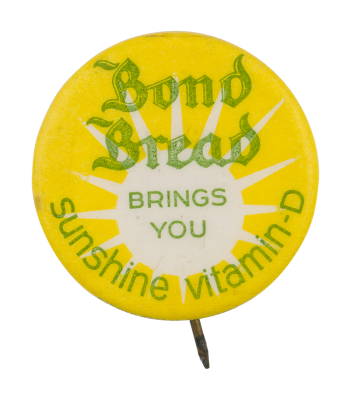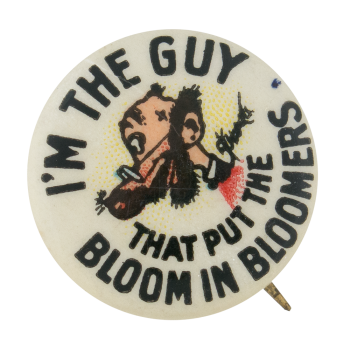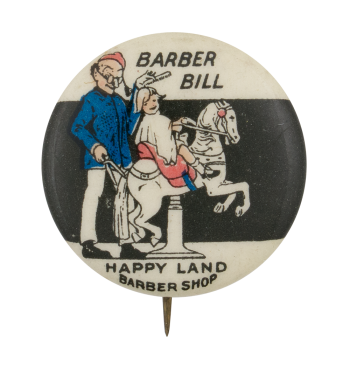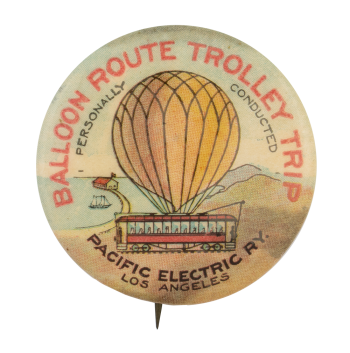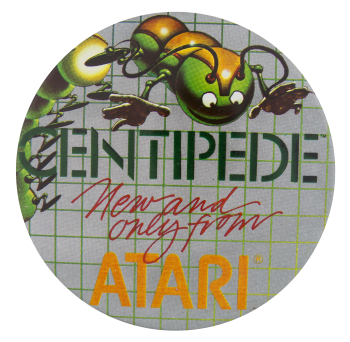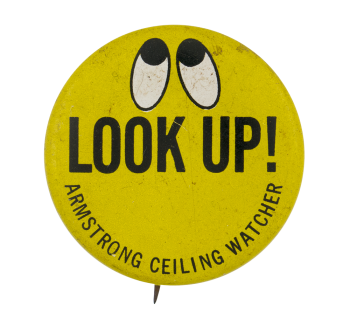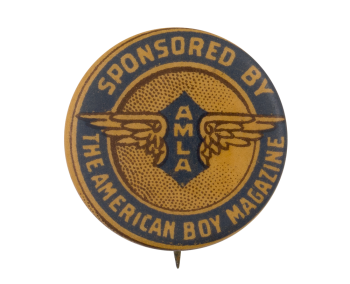Bond Bread
| Category | |
|---|---|
| Additional Images | |
| Sub Categories | |
| Text on Button | Bond Bread BRINGS YOU sunshine vitamin-D |
| Image Description | Green text overlaid onto offset white sun on yellow background. |
| Back Paper / Back Info |
[metal stamped] Bastion Bros Rochester N.Y. [union bug] |
| Curl Text | BASTIAN BROS. CO. ROCHESTER N.Y. |
| Back Style | |
| The Shape | |
| The Size | |
| The Manufacturer | |
| Additional Information | Bond Bread was a product of the General Baking Company, a conglomeration of several large bakeries that merged in the 1910s. Bond Bread got its name from the guarantee printed on the package warranting "the loaf contained within this germ and dust proof wrapper is made from the following pure food materials, and no other ingredients of any kind: best spring wheat flour, compressed yeast, pure filtered water, best fine salt, pure lard, cane sugar, and condensed milk.” This early quality assurance reinforced the brand's pure and healthful image. A money back guarantee was added in 1925. Research into the nutritional benefits of "sunshine vitamin D" in the early 1920s brought about a fortifying craze. In 1931 General Baking licensed patents for fortifying Bond Bread, which prompted its primary competitor Wonder Bread to add even more nutrients. One of the oddest products to jump on this bandwagon was Schlitz beer. By 1930 Bond Bread accounted for 90% of the company's sales. The Great Depression took its toll and by 1933 revenue had fallen 66%, later to rebound. The brand stuck around until profit margins sank; the Bond division was unloaded entirely by 1972. |
| Sources |
Fritz, J. (2015, April 16). The Bond Bread Broadcasts. Retrieved July 30, 2020, from https://tenwatts.blogspot.com/2015/04/the-bond-bread-broadcasts.html General Host Corporation. (1996). Retrieved July 30, 2020, from http://www.fundinguniverse.com/company-histories/general-host-corporati… Shupek, J. A. (n.d.). 1950s Famous Firsts. Retrieved July 30, 2020, from https://www.skytamer.com/D280-3.html |
| Catalog ID | AD0062 |

